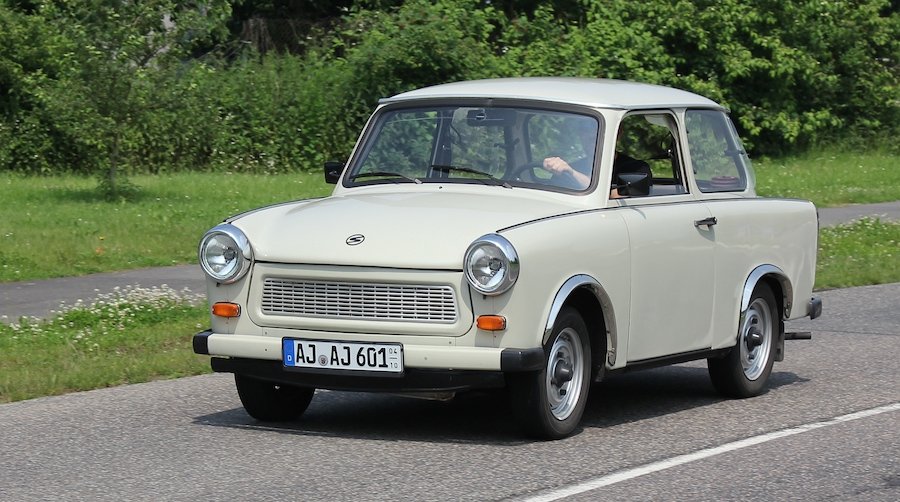Once a global object of ridicule, today a sought-after oldtimer: 'Its average value is €7300 and the price is only increasing'

Sixty years after it came to life, the tiny communist East German Trabant 601 car, which became famous at the time of the fall of the Berlin Wall, is a sought-after oldtimer, and its price is rapidly increasing. "The average price of a well-preserved Trabant 601 has risen to around 7,300 euros," said expert Gerd Heinemann from the German company BBE Automotive, "and its value is only increasing." It's an amazing turnaround for a flimsy car that was once a global laughingstock for its puny two-stroke engine and plumes of foul-smelling exhaust behind it. The Trabant 601 became an icon in 1989 when hundreds of cars started rolling across the border between what was then East and West Germany. But many other car lovers will find it difficult to be delighted by the Trabant's 23 horsepower, its air cooling, the 'dizzying' maximum speed of 100 km/h and the body made of plastic.
Its appeal therefore lies in the two large, round headlights that give it a cute cartoon-like appearance. In communist East Germany, there was a lack of metal, so Trabant body manufacturers worked from hard plastic, Duroplast, which is similar to Bakelite. At the beginning of March 1964, the car factory VEB Sachsenring Automobilwerke presented the Trabant 601 to the international public for the first time at the spring fair in Leipzig. It was a more modern version of the Trabant that first came off the production line in 1957.
The Trabant 601 sold more than 2.8 million units and was produced until 1991. In the typical pastel blue, polar white or green livery, it could be seen in action from East Berlin to the northern island of Rügen.
Their number is growing
Figures from the German Auto Club show that the number of registered Trabant 601s has been growing for about 10 years. In 2014, there were slightly more than 32,000, and last year the figure of 40,000 was exceeded. Four fifths of them are in the east of the country. The re-importation is responsible for the fact that there are more and more trabanats in Germany, explains expert Heinemann. Many of the cars were brought back from former communist countries like Poland and Hungary, where they were also once common.
Today, it appeals most to do-it-yourself mechanics and those nostalgic for the days of simpler driving. A car can be easily repaired, so a good set of tools is enough for anything that breaks down. But not everyone shares the enthusiasm of Trabant fans. The German environmental organization Deutsche Umwelthilfe is concerned about the exhaust gases of two-stroke engines. The car runs on an environmentally unsuitable mixture of oil and gasoline and, of course, does not have a catalyst for burning harmful emissions. The main problems are incompletely burned hydrocarbons and carbon monoxide. "We call for a ban on driving old and new vehicles without effective exhaust gas purification," the organization's statement reads.
Historic vehicle
But Trabants and other classic cars are registered as historic vehicles, so they can drive in low-emission zones in big cities where strict regulations on air cleanliness normally apply. This is not justified, "because they contribute to air pollution and thus to health risks", claims the Deutsche Umwelthilfe.
Meanwhile, many Trabants are regularly seen on the streets of Berlin, where a rental company not far from the former Checkpoint Charlie border crossing rents them out to tourists. It is a reminder of those glorious days of German reunification in November 1989 when cars and their astonished owners were warmly welcomed throughout West Germany. The Berlin Wall was crumbling amid a plume of acrid smoke billowing from a finger-thin tailpipe.
Noticias relacionadas
